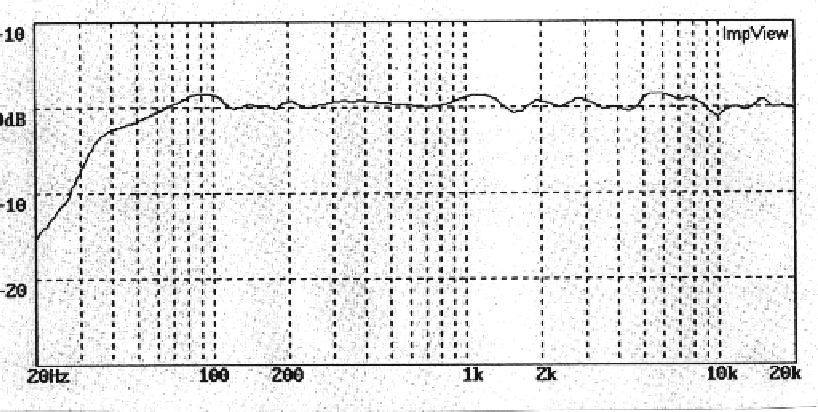 |
Frequency response is something that can be directly measured in the laboratory, with a sinusoidal source of variable frequency and an oscilloscope. The idea is to measure the magnitude and phase of the output relative to the input at a range of frequency values. If you have ever been shopping for a HiFi sound system, you may have seen frequency response diagrams in the promotional literature for speakers, amplifiers, etc, Figure 47.
The frequency response describes how a system responds to tones (pure sinusoids) at different frequencies.
Suppose that the input voltage is a complex
sinusoid of frequency
![]() :
:


The function
![]() is called the
frequency response function.
It is a function of frequency
is called the
frequency response function.
It is a function of frequency ![]() (rad/sec).
We also write
(rad/sec).
We also write
![]() when we wish
to use Hz.
when we wish
to use Hz.
ANU Engineering - ENGN2211